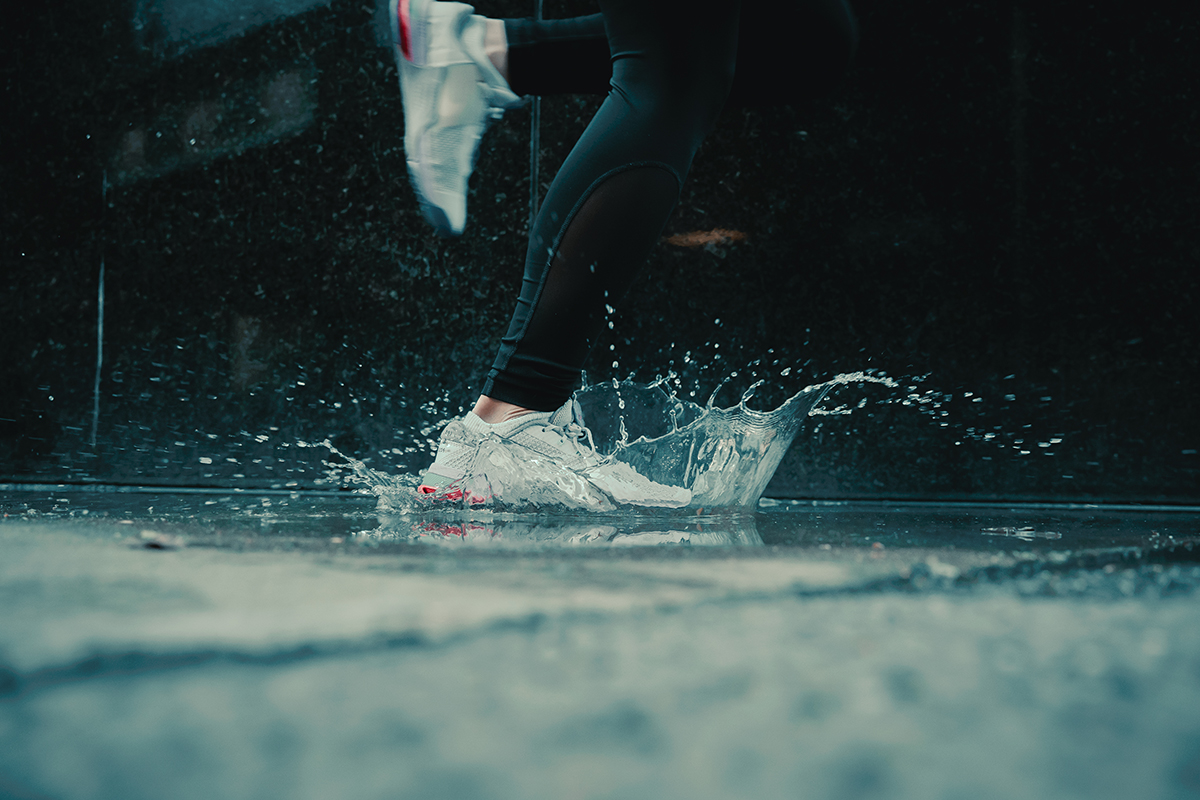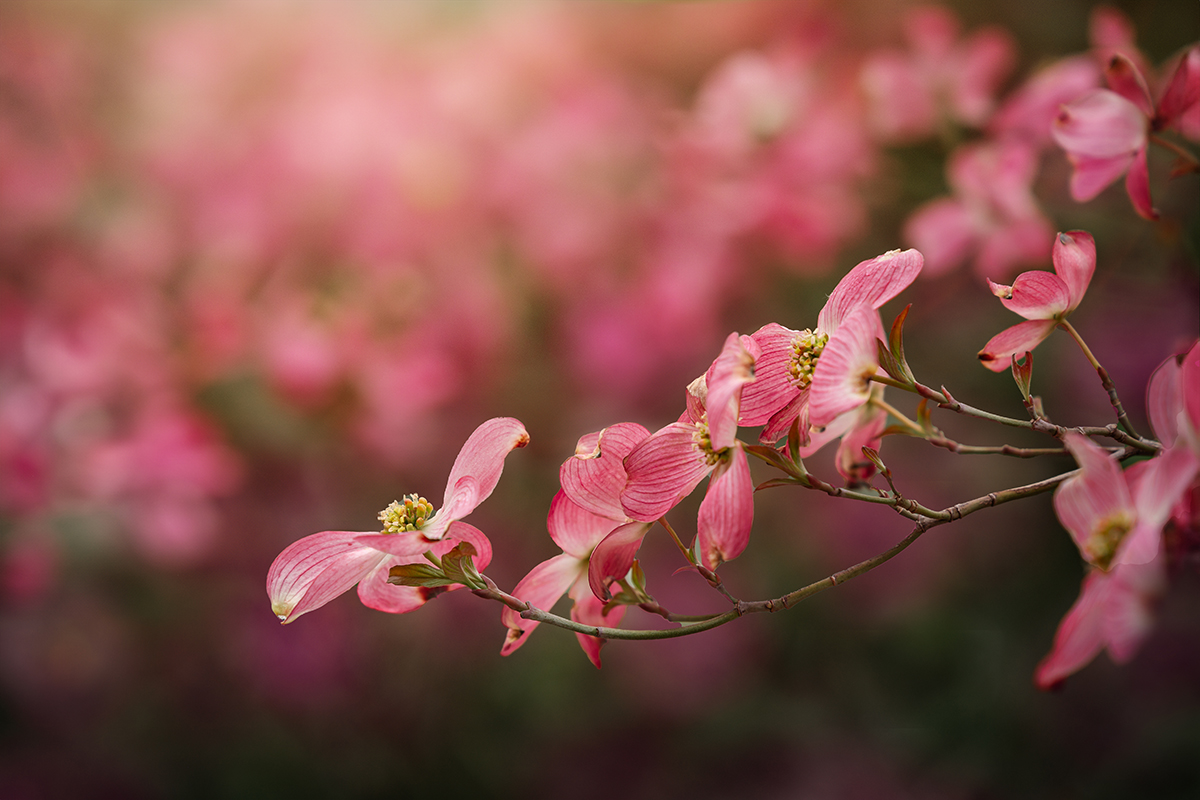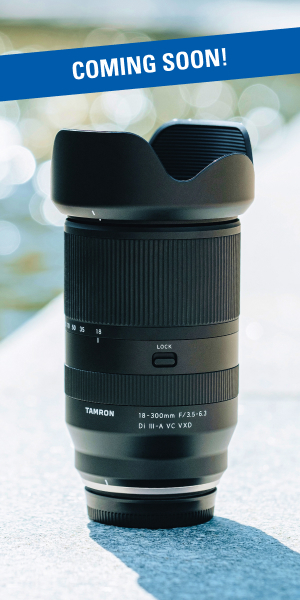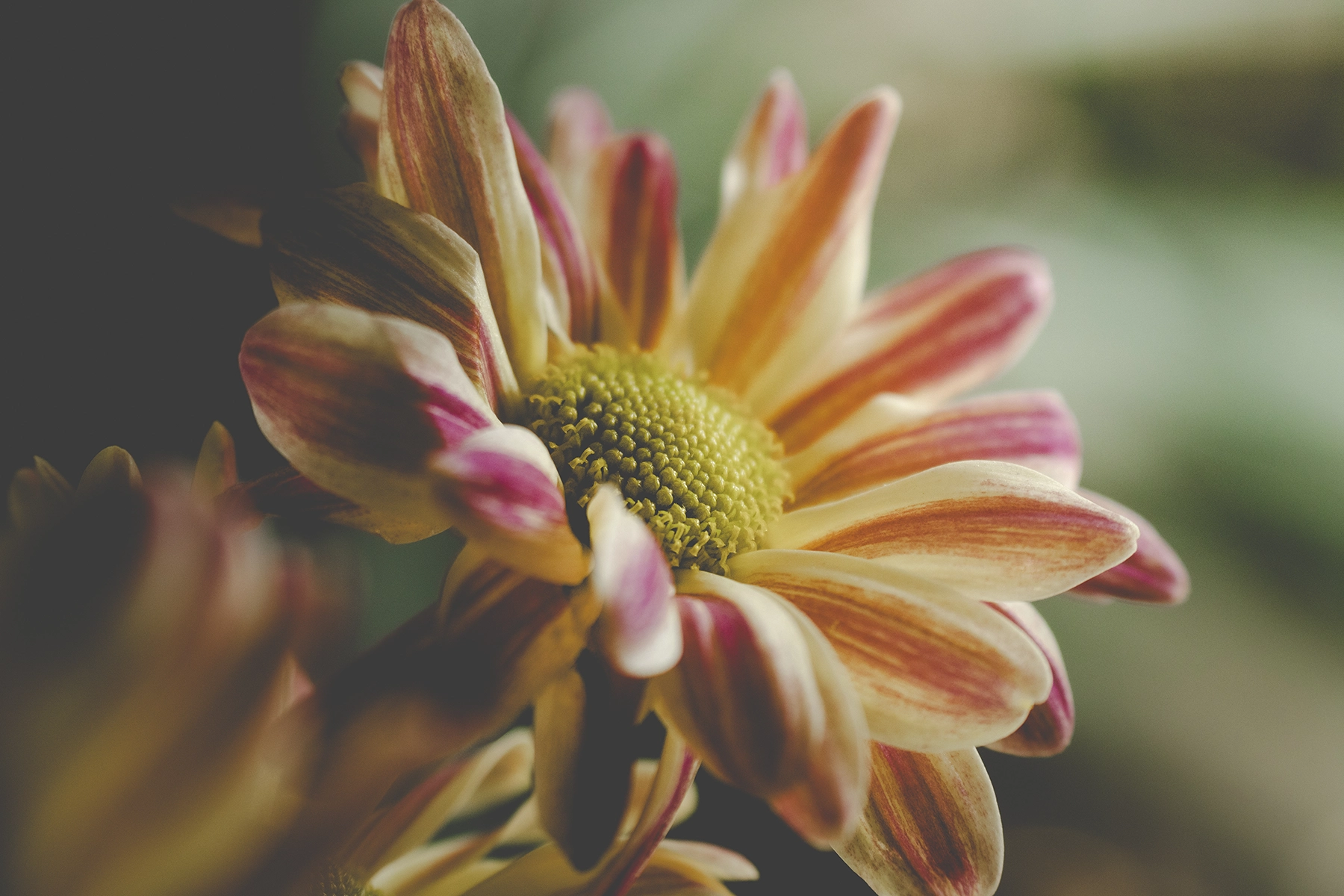
Macro in Bloom
Sandee Lim uses her trio of Tamron lenses to get close to the natural world around her.
Author: Jenn Gidman
Images: Sandee Lim
Share Article
Sandee Lim uses her trio of Tamron lenses to get close to the natural world around her.
Stretching back to high school, Sandee Lim was immersed in photography, experimenting with different genres and playing around in the darkroom. She gravitated toward nature, and when she got her hands on her first macro lens during the pandemic, she found her macro photography gaining steam.
“I found inspiration in the resilience of nature and discovering the endless patterns, textures, and colors of a hidden world, right under my nose,” she says. “Macro flower photography is new to me, but it has quickly become a favorite. The diversity of flowers is endlessly captivating, and the process is almost meditative. When I’m taking pictures, the stresses of the day fade away. I become focused in the moment and connected to nature.”
The Michigan photographer uses a trio of Tamron lenses for her macro work: the Tamron 24mm F/2.8 Di III OSD M1:2 wide-angle prime, 70-180mm F/2.8 Di III VC VXD G2 telephoto, and 50-400mm Di III VC VXD ultra-telephoto zoom, all for her Sony mirrorless camera. “What I love about all three of these lenses is their ability to focus closely,” she says. “While only the 24mm F2.8 and the 50-400mm VC are listed as half-macro or macro lenses, the 70-180mm F2.8 VC also features exceptional close-focusing ability.”
Sandee reaches for her telephoto zooms when she wants distance between herself and her subject, especially bees or butterflies that might get spooked. “The longer focal lengths allow me to capture close detail without having to be physically close,” she notes. “They’re also great for compressing the background and blurring out distractions, which helps me isolate my subject.”
The 24mm F2.8, meanwhile, is so light and compact that Sandee carries it everywhere. “It gives a wider-angle view while still offering those close-up details, which makes it terrific for storytelling and offering environmental context,” she says.
The Vibration Compensation (VC) technology in her two telephotos is also invaluable. “I was captivated by the setting sun backlighting a branch of willow buds,” Sandee says. “The golden color of the last remaining oak leaves in the background contrasted nicely with the white buds and gave the image a warm feel. The challenge with this photo was clutching the branch in the specific spot I wanted with one hand while holding my camera with the 70-180mm on it in the other. The VC came in handy here, since my hands weren’t that steady!”
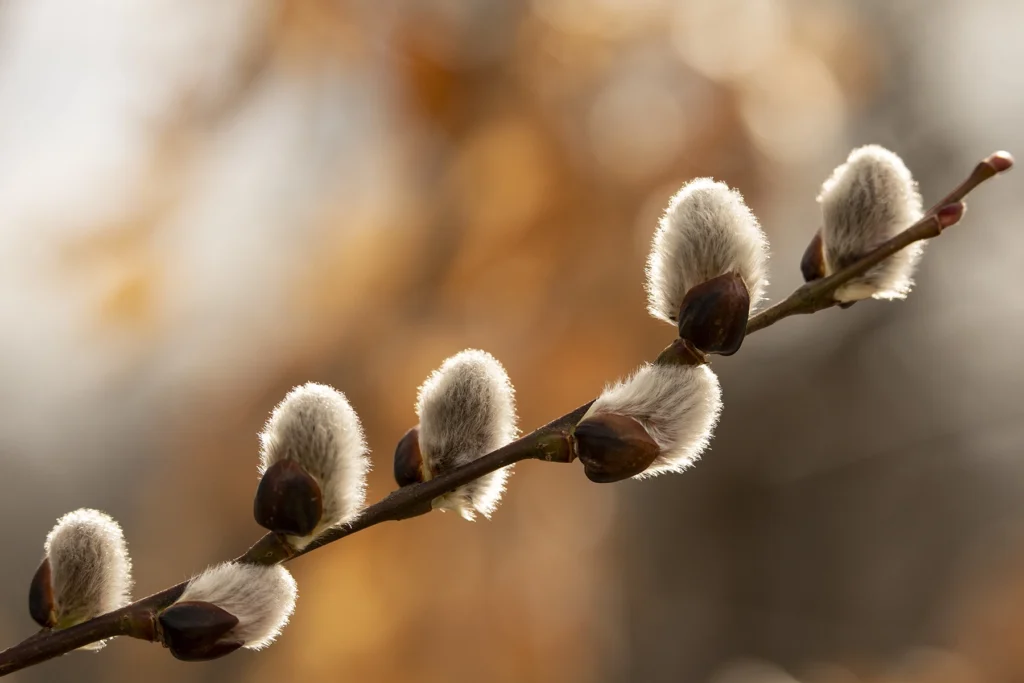
SANDEE’S QUICK TIPS
Light experimentation.
Lighting can sometimes be an issue with macro photography. Outside, the natural light is constantly fluctuating or not always ideal, making it hard to get the shot you want. I track down my subject first, then figure out how I want to light it.
With insect macro photography, I’ll typically use a flash to freeze motion. But for plants and flowers, flash isn’t always subtle. I prefer natural light when I’m outside, or I’ll use small LED lights that I can direct toward specific areas. When I’m working indoors in my makeshift studio, I’ll experiment more with artificial light. One technique I’ve been using lately is to photograph in a darkroom and use a flashlight to paint light onto my subjects.
I’m fascinated by oyster mushrooms, including the delicate structures of their gills and their growth cycle. My goal for the image here was to highlight the gill structure and form of the mushrooms in a more artistic way—something more expressive rather than purely documentary. I used high-contrast lighting to help emphasize texture, form, and beauty and to make it more dramatic. I initially tried using flash but couldn’t get the look I wanted, so I switched to a normal handheld flashlight and used a longer exposure to paint light exactly where I wanted it.
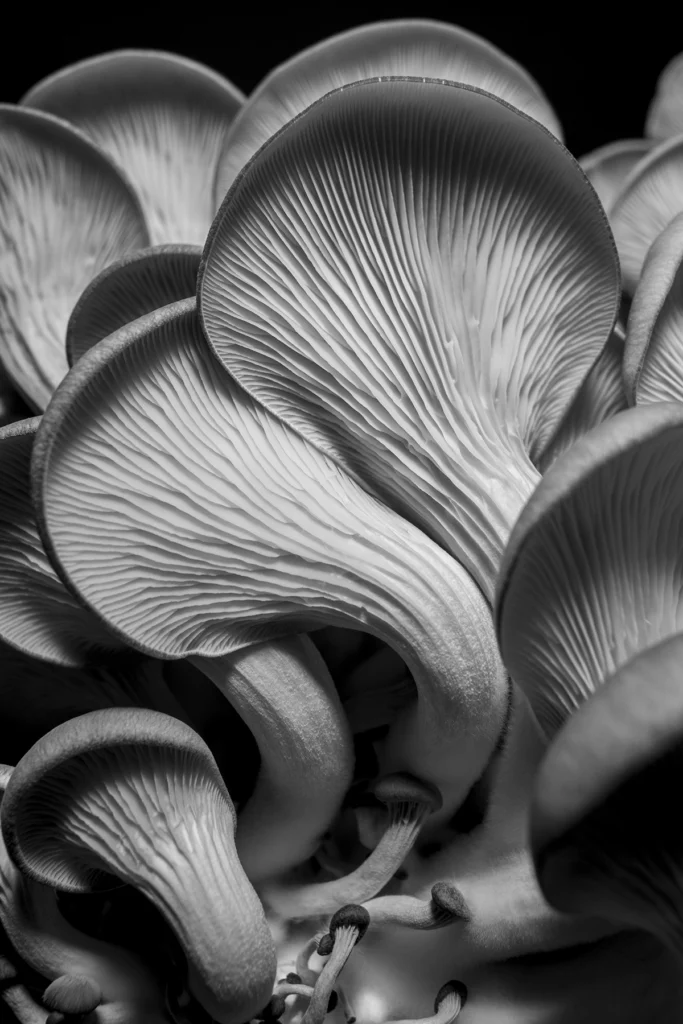
I love the Tamron 24mm’s close focusing ability here and its wider angle, which lets me show the bigger picture while still capturing those up-close details. For the photo of the pink flower, which I also light-painted, the wide angle of that 24mm lens allowed me to get up close to the main flower but also show a flower in the background off to the side. I wanted this image to have a dramatic feel, so I kept the background black and chose to focus painting the light mainly on the petals’ edges.
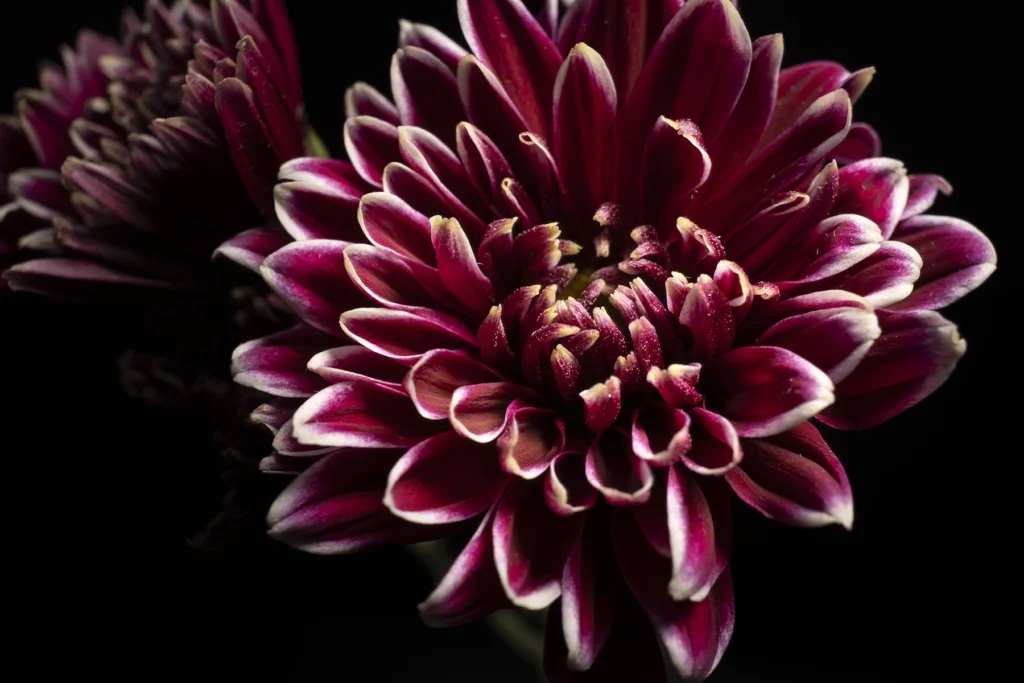
Frame and focus.
I rely heavily on my camera’s focus-peaking feature, which highlights the areas that are in focus, to ensure that focus is exactly where I want it to be. Keeping things sharp with moving subjects, like insects, can be challenging. I have a patch of goldenrod in my yard, which is a magnet for pollinators in the fall. I often head out there to see who shows up. On this day, the bees were buzzing around and wouldn’t stop moving. I eventually picked an area to focus on and simply waited for a bumblebee to fly into my prefocused frame, then snapped a shot before it flew off again.
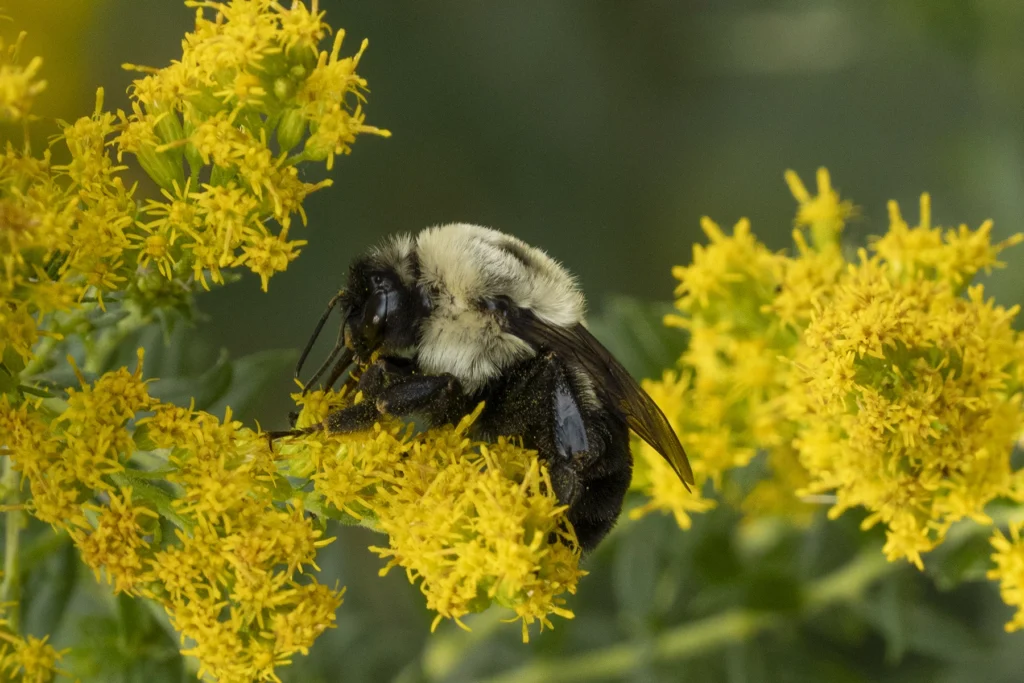
Boost your shots with bokeh.
I try to make my subjects stand out by keeping the backgrounds clear and uncluttered. Placing the subject a bit away from the background helps create some natural separation, especially when done with a longer focal length—the background becomes compressed and creates a beautiful, creamy backdrop for the subject. I also try to look out for whether the colors of my background either complement or contrast with the subject.
After spending the day outside with my camera, I came in and noticed this striped flower in a vase that was backlit by some soft light coming through the glass door. My goal was to draw the viewer in toward the center of the flower via a combination of light, shadow, and selective focus. Having my aperture at F5.6 helped me keep the center sharp and allowed the petals to blur toward the edges, creating a more dreamlike quality to the image.
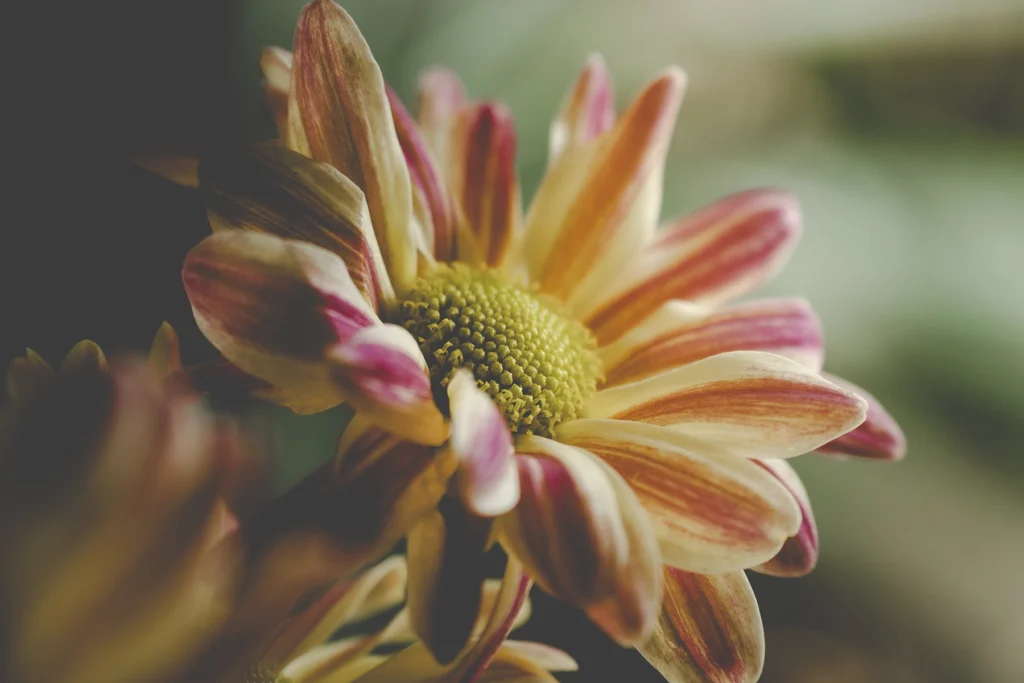
To see more of Sandee Lim’s creative macro photography, check out her Instagram.
